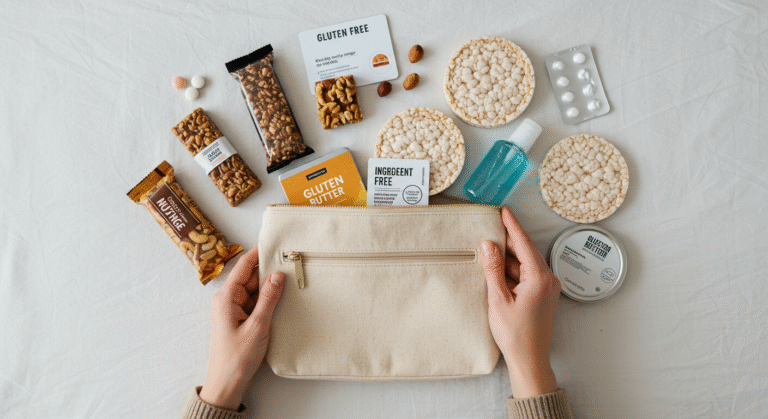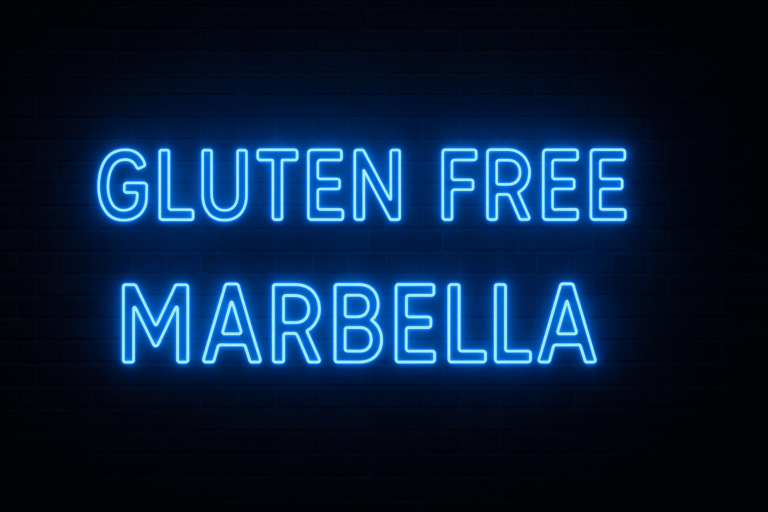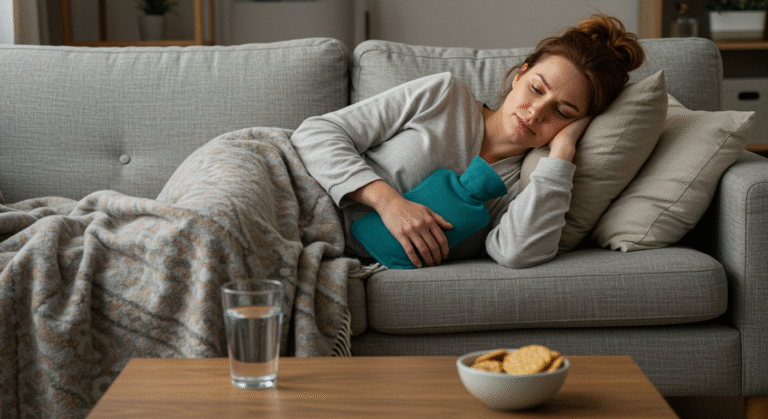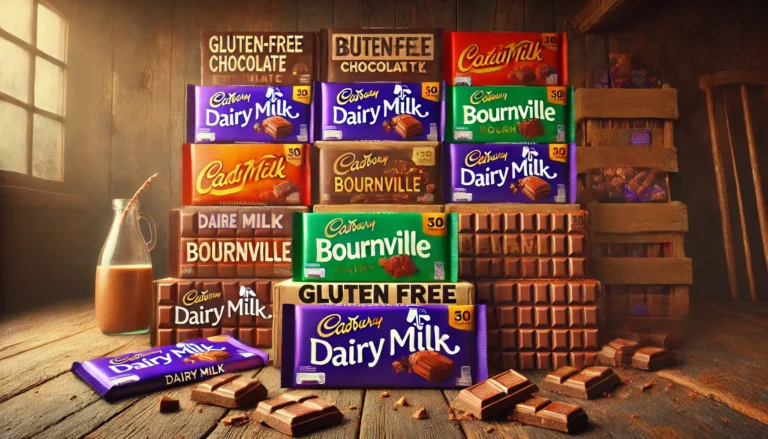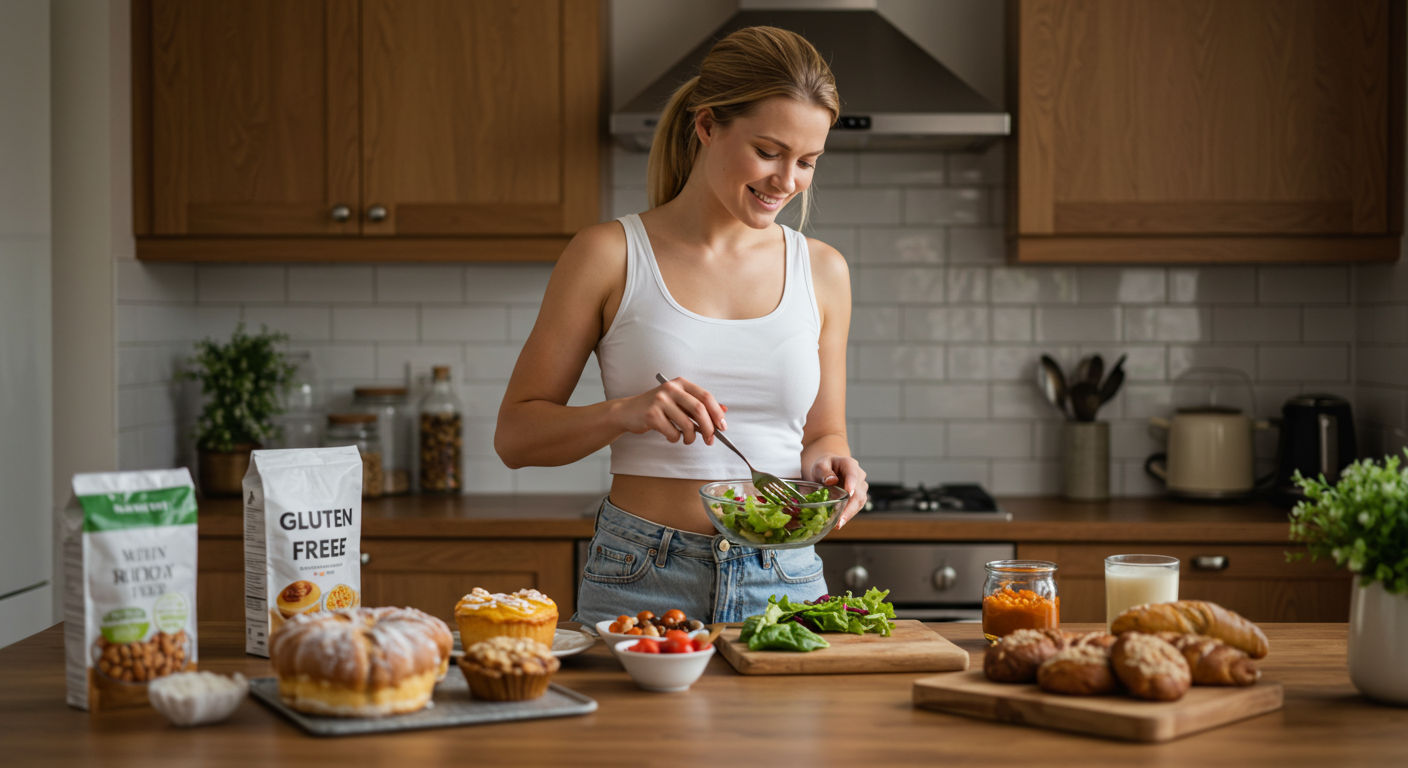
Following a strict gluten-free diet is essential for people with coeliac disease or gluten sensitivity. But when you live with others who still eat gluten, things can get tricky. Crumbs in the butter, shared cooking tools, and well-meaning mistakes can all lead to accidental exposure.
Whether you live with family, a partner, or housemates, it is possible to stay safe without creating tension. This guide will show you practical steps, communication tips, and kitchen strategies to help you manage living gluten-free in a non-gluten-free household.
1. The Risks of Cross-Contamination at Home
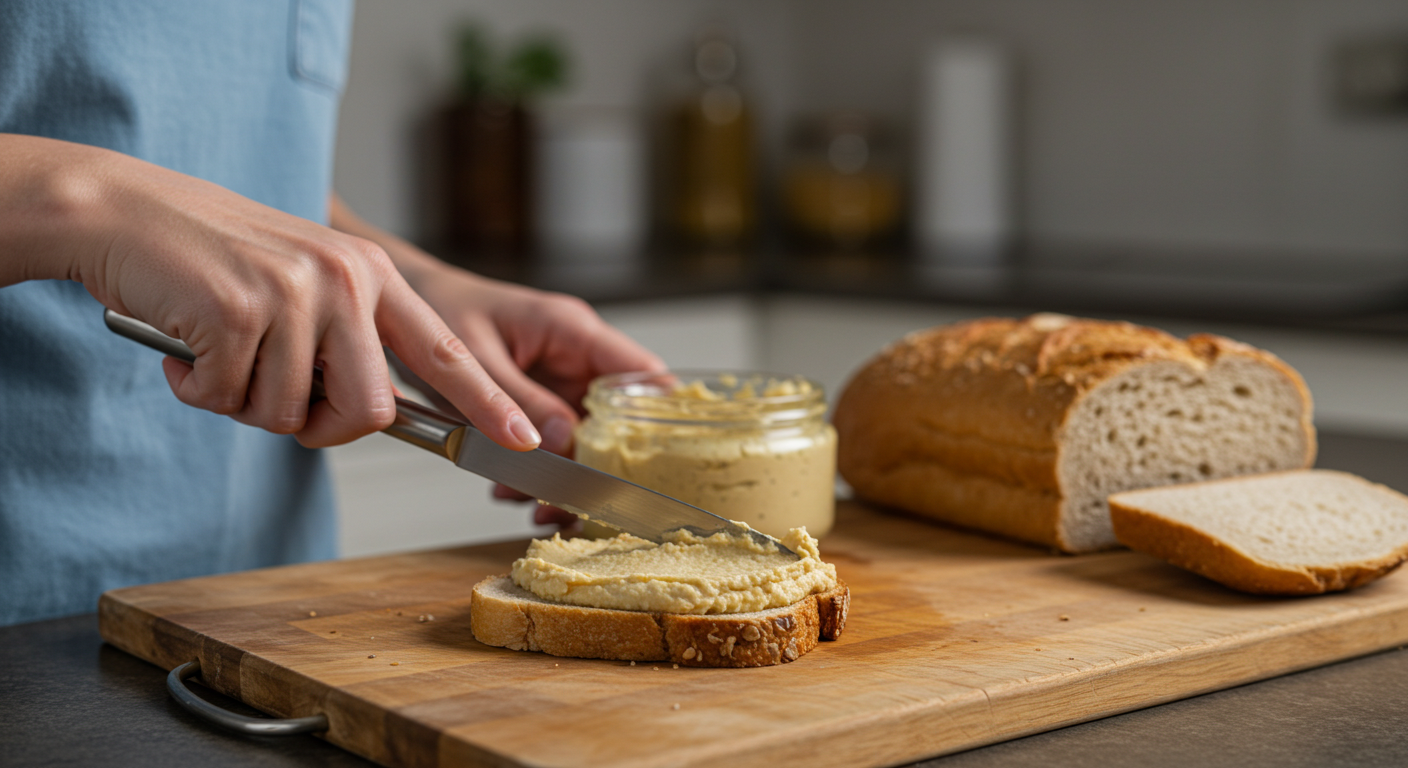
When people think about going gluten-free, they often focus on avoiding bread and pasta. But for those with coeliac disease, even tiny traces of gluten can cause serious symptoms or long-term gut damage.
At home, gluten can lurk in unexpected places:
-
Crumbs in the toaster
-
Flour dust in the air during baking
-
Shared butter, jam, or spreads
-
Chopping boards used for both gluten and gluten-free foods
-
Pasta water splashes
-
Knife blades used without cleaning
Cross-contamination does not just happen in restaurants. It happens in kitchens too. That is why creating safe zones and habits at home is so important.
2. Set Clear Boundaries in Shared Spaces
The first step is to organise your kitchen so that gluten-free food preparation is separate and protected. This can be done without taking over the whole space.
Ideas to consider:
-
Reserve one shelf in the fridge and cupboard for gluten-free items
-
Use the top shelf so that nothing can drip or fall onto your food
-
Store gluten-free items in labelled boxes or bins
-
Set up a dedicated gluten-free area on the counter for prep
-
Talk to housemates about respecting these zones
Everyone benefits from a clean, organised kitchen. Clear boundaries help prevent mix-ups and reduce the risk of gluten exposure.
3. Use Separate Cooking Tools and Utensils
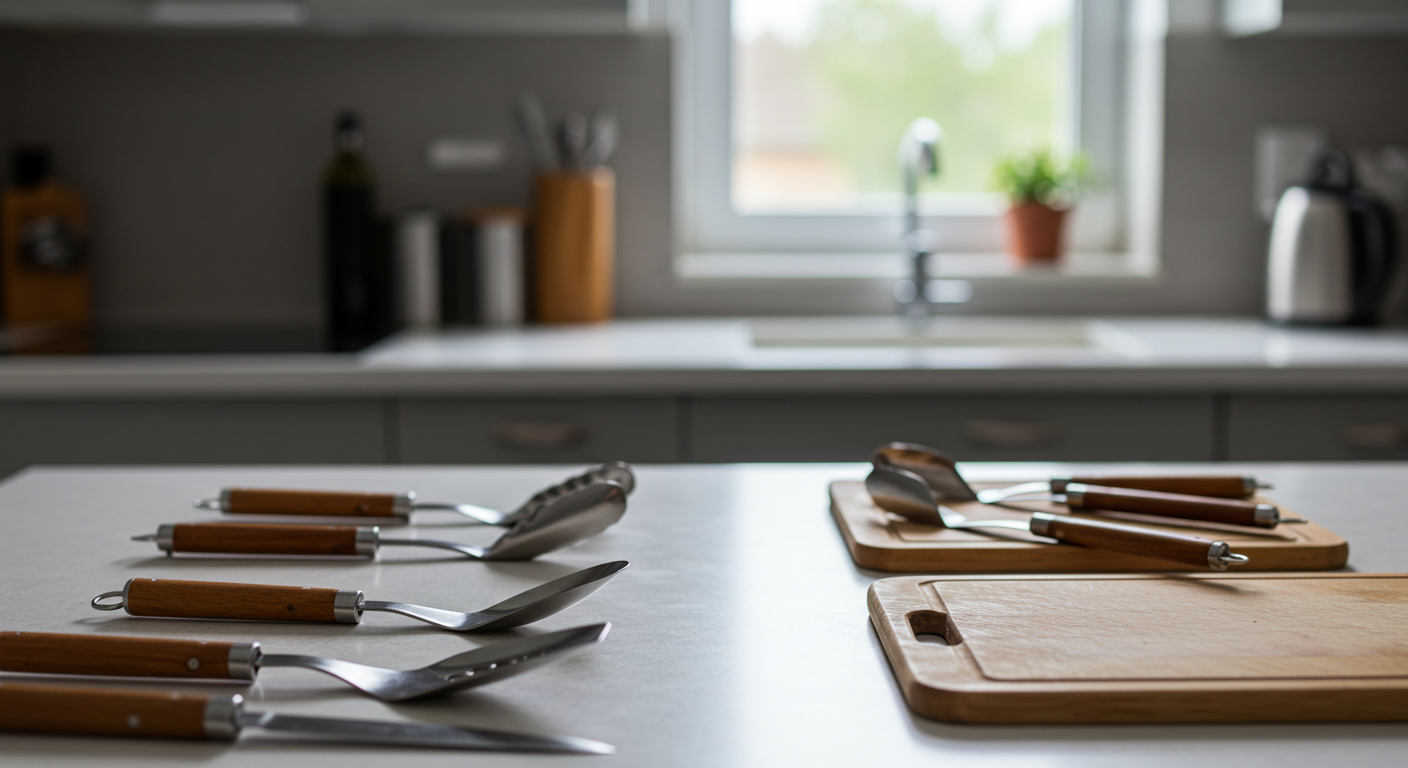
Some kitchen tools hold onto gluten more than others. Wooden spoons, strainers, baking trays, and toasters are all high risk because they are harder to clean completely.
If you can, invest in separate versions of the following:
-
Chopping boards
-
Wooden spoons or spatulas
-
Baking trays and roasting tins
-
Colanders for draining pasta
-
Toasters or toaster bags
-
Butter knives for spreads
-
Dish cloths and sponges
Label these items as gluten-free using stickers or colour coding. It may seem like a hassle at first, but it becomes second nature and can prevent a lot of illness.
4. Safe Food Storage Strategies
Keeping gluten-free food safe starts with where and how it is stored. A well-organised fridge and pantry reduce the risk of someone grabbing the wrong product or contaminating your food by mistake.
Tips for smart storage:
-
Keep gluten-free bread in a sealed container or bread bin
-
Use different tubs of butter, jam, and sauces — label them clearly
-
Store leftovers in closed containers and label them with your name
-
Avoid open packets of flour or cereals that could spill
-
Consider using a different microwave cover or plate cover
Make sure housemates know which items are yours and why they should not be used for gluten-containing meals.
5. Cooking Together Without Risk
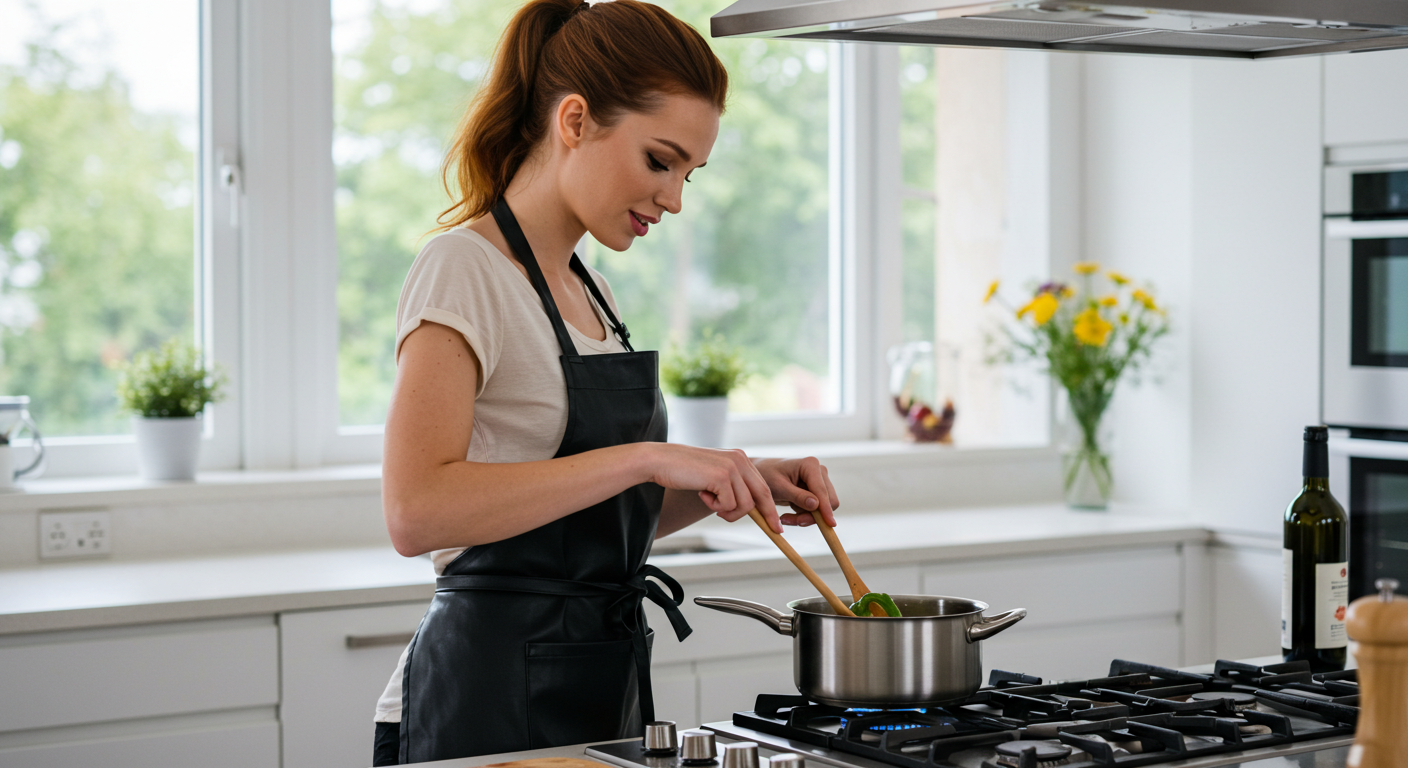
Just because you eat differently does not mean you have to eat apart. Many people in mixed-diet households cook together successfully — it just takes a little extra planning.
Here is how to cook safely side by side:
-
Use different chopping boards and knives for gluten and gluten-free items
-
Cook gluten-free food first or in separate pans
-
Avoid stirring dishes with the same spoon
-
Wipe surfaces before you start and again after handling gluten
-
Do not use the same water for boiling regular and gluten-free pasta
Focus on simple meals that are naturally gluten-free, such as stir-fries, baked potatoes, grilled meat and vegetables, or rice-based dishes. These are easier to prepare without cross-contamination.
6. Talking to Your Household About Your Needs
Sometimes the hardest part of living gluten-free is not the food. It is the social dynamic. You might worry about being seen as picky or demanding. But explaining your needs is necessary — and most people are happy to help once they understand.
Start with a calm, honest conversation:
-
Explain that gluten makes you physically ill and is not just a preference
-
Share what coeliac disease is and why cross-contamination matters
-
Be specific about what you need — such as using separate utensils or storage areas
-
Thank them for their support and explain how much it helps you feel safe
If people make mistakes, try not to get angry. Use it as a learning moment. Positive communication leads to better understanding and teamwork.
7. Managing Shared Meals and Takeaways
Living with others often means sharing meals or ordering food together. This can be difficult when you follow a gluten-free diet and others do not.
Here is how to make it work:
-
Offer to cook a gluten-free version that everyone can enjoy
-
Suggest takeaways with safe gluten-free options like Thai, Indian, or grilled meats
-
Keep frozen gluten-free meals on hand for nights when you cannot share
-
Let others enjoy their meal, but do not feel pressured to eat something unsafe
-
Politely say no if someone offers you food that you know is not gluten-free
You should not have to compromise your health to be polite. With a little flexibility and planning, shared meals can still be enjoyable.
8. Cleaning Tips to Reduce Gluten Risk
Cleanliness is key to reducing cross-contamination. Even a clean-looking surface can hold crumbs or traces of gluten.
Cleaning reminders:
-
Wipe down worktops before and after cooking
-
Use clean tea towels, cloths, and sponges
-
Wash hands thoroughly after handling gluten-containing foods
-
Do not use the same sink water for gluten and gluten-free items
-
Clean utensils and pans before using them for gluten-free meals
If you use a dishwasher, make sure items are well rinsed first. If you wash up by hand, use fresh water and clean cloths to prevent spread.
9. Emotional Impact of Being the Only Gluten-Free Person

Living gluten-free in a shared household can be isolating at times. You might feel like the odd one out, especially during birthdays, holidays, or big meals. You may also feel pressure to explain yourself over and over again.
You are not alone. Many coeliacs feel this way.
Here are a few ways to manage the emotional side:
-
Connect with other gluten-free people online or in person
-
Keep your own supply of safe snacks and treats
-
Focus on the meals and moments you can enjoy
-
Remind yourself that looking after your health is never a burden
-
Celebrate progress when housemates remember your needs or try gluten-free recipes
You are not being difficult. You are taking care of your body — and that deserves respect.
10. Final Thoughts: Living Gluten-Free in a Non-Gluten-Free Household

Living gluten-free in a non-gluten-free household has its challenges. But with clear communication, practical kitchen systems, and a bit of teamwork, it is possible to stay safe and feel at home.
The key is to plan ahead, educate the people around you, and make space for your own needs without guilt. You do not have to control what others eat — you just need to protect your food, your tools, and your health.
With time, everyone in the household can learn to support your gluten-free lifestyle. And when they do, you will feel safer, more confident, and much more at ease in your own home.
